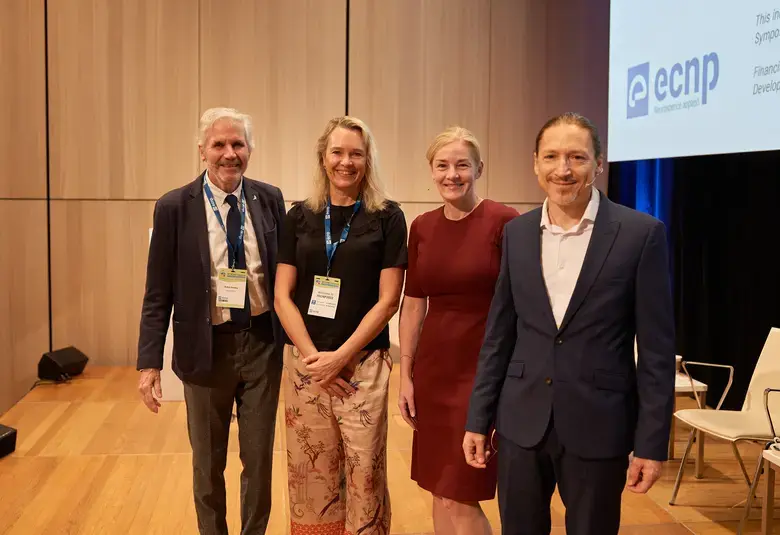In seeking full functional recovery from depression, lack of early response poses everyday clinical dilemmas. At what point should we reconsider options? Should we increase dose, switch, or add an additional drug? An EPA Satellite Symposium which considered these issues also heard of a new tool to promote personalized goals for recovery.
Important issues around absent or partial response in patients with major depressive disorder (MDD) were addressed by Andrea Fagiolini (University of Siena Medical Centre, Siena, Italy).
Poor early response in MDD can induce chronicity4
A few points are relatively clear. Some patients show a response to antidepressants after as few as 7–10 days of treatment.1,2 But many do not, and lack of clinical benefit by 2-4 weeks is predictive of poor ultimate outcome.3 So what can we do to increase the chances of a timely and full response?
In many respects the evidence is limited, Professor Fagiolini admitted. And, although dose increase, augmentation and combination are recommended in some guidelines, there is also evidence for negative effects with these approaches, he said.5–8 For example, there are reports of increased non-adherence associated with combination therapy and dose increase or augmentation.
In this context, progression to antidepressants with multiple targets involving additive or synergistic effects at selected receptors has been suggested for partial responders.9,10
“Better but not well”
“Better but not well” was the apt phrase used to describe partial response by Mohammad Alsuwaidan (Kuwait University, Kuwait; and University of Toronto, Ontario, Canada).
According to the STAR*D study, half of patients do not respond adequately to initial treatment;11,12 and those with residual symptoms of depression are three times more likely to relapse than those with full recovery.13
In the remission phase, healthcare professionals tend to underestimate the frequency with which patients experience symptoms across mood, physical and cognitive domains.14 And physicians and patients differ as to what they consider constitutes recovery. For example, clinicians rate resolution of negative feelings as most important, while for patients it is the return of a meaningful life.15
Using the Goal Attainment Scale for Depression can be part of patient-centered care
Identifying and promoting personal goals
Given this background, it is helpful to have the Goal Attainment Scale for Depression (GAS-D) – a new means of tracking an individual’s progress towards restored functioning.16 Individualized goals are set by collaborative discussion of a patient’s experience of depression and its impact on their life.
In a recent single-arm study in 122 patients with MDD, which used the GAS-D tool, the majority achieved their personalized recovery goals within 12 weeks of starting antidepressant therapy,16 Professor Alsuwaidan reported.
Since residual symptoms and partial recovery are common and contribute to poorer long-term prognosis, determining the best treatment pathways for partial responders in MDD should be a major research focus, said Nick Glozier (Brain and Mind Centre, University of Sydney, Australia), who also contributed to this thought-provoking symposium.
Multimodal antidepressants involving additive or synergistic effects at selected biological targets are an attractive strategy for improving efficacy and tolerability,17 he suggested.
Educational financial support for this satellite symposium at EPA 2020 was provided by H. Lundbeck A/S
For the latest updates on sea.progress.im, subscribe to our Telegram Channel https://bit.ly/telePiM
Our correspondent’s highlights from the symposium are meant as a fair representation of the scientific content presented. The views and opinions expressed on this page do not necessarily reflect those of Lundbeck.




